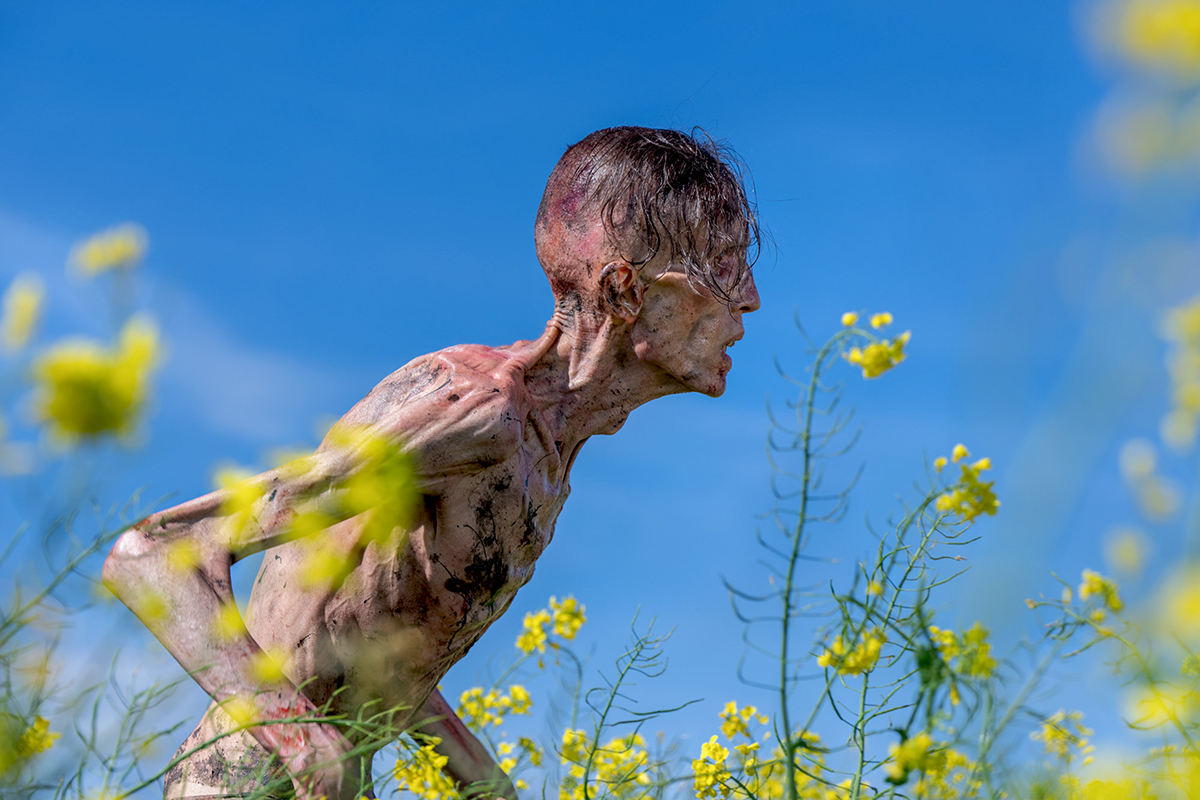These ‘Universal Horrors’ are perfect for Halloween
Criterion Channel is featuring Universal's horror classics including Bride of Frankenstein, Invisible Man, and The Mummy.

“Making movies is the most wonderful thing in the world,” says director James Whale in 1998’s Gods and Monsters. Bill Condon’s poignant, Oscar-winning film, starring Ian McKellen and Brendan Fraser and currently streaming on HBOMax, recounts the final, sorrow-filled days of the gay director behind the classics Frankenstein, Bride of Frankenstein, and The Invisible Man.
Two of Whale’s films — Bride and Invisible — are part of a Criterion Channel collection of horror films from the Universal Studios monster movie heyday. While not terrifying by today’s standards, they are compelling and steeped in atmospherics. Part of the joy of watching them is to imagine what audiences of the early ’30s might have made of the sight of a bike riding of its own accord, or of the reveal of the monster’s striking, delicately scarred bride, whose billow of hair with its white side-bolts became an indelible part of American culture.
Bride of Frankenstein (1935) is the more engaging of the two, with its massive gothic sets, instances of quirky humor (miniature, squabbling royals encased in glass), Elsa Lanchester’s blank-eyed, hissing Bride, and Dr. Pretorius — who, played with a blend of juicy camp and chilling menace by Ernest Thesiger, is about as gay-coded as they got in the ’30s. It also boasts significant screentime for Boris Karloff’s monster, and includes the famed tender encounter with a violin-playing hermit, another gay-coded moment. (Amusingly, the credits omit the star’s first name — he’s just Karloff, the Cher of his day.)

If the Bride of Frankenstein makes for a satisfying Halloween treat, then The Invisible Man (1933) makes for a delightful trick. Anchored by a menacing, maniacal vocal performance by Claude Rains as a scientist who’s unlocked the secret of invisibility, the film is a triumph of special effects wizardry, one that depended on sheer ingenuity given there was no CGI at the time. The combination of practical and optical effects convincingly — often astonishingly — bring the Invisible menace to life.
The eight-film Universal Horror collection also includes a Spanish-language Dracula (1931), filmed using the same sets and framework as the Bela Lugosi version, The Mummy (1932), The Black Cat (1934), and The Raven (1935), both of which starred Lugosi and Karloff, The Wolf Man (1941), the most leaden film of the bunch, and the 1954’s Creature from the Black Lagoon, which, if nothing else, is swimmingly good, silly fun.
The Criterion Channel offers a 14-day free trial, and is available thereafter for $10.99 a month or $99 a year. Visit www.criterionchannel.com.
Read Next
Photos: The 34th Annual 17th Street High Heel Race
13 Camp Films Everyone Should See
Hot Picks of the Week: Undead drag, APO celebrates country, DC Beer Fest returns!
Support Metro Weekly’s Journalism
These are challenging times for news organizations. And yet it’s crucial we stay active and provide vital resources and information to both our local readers and the world. So won’t you please take a moment and consider supporting Metro Weekly with a membership? For as little as $5 a month, you can help ensure Metro Weekly magazine and MetroWeekly.com remain free, viable resources as we provide the best, most diverse, culturally-resonant LGBTQ coverage in both the D.C. region and around the world. Memberships come with exclusive perks and discounts, your own personal digital delivery of each week’s magazine (and an archive), access to our Member's Lounge when it launches this fall, and exclusive members-only items like Metro Weekly Membership Mugs and Tote Bags! Check out all our membership levels here and please join us today!

























You must be logged in to post a comment.